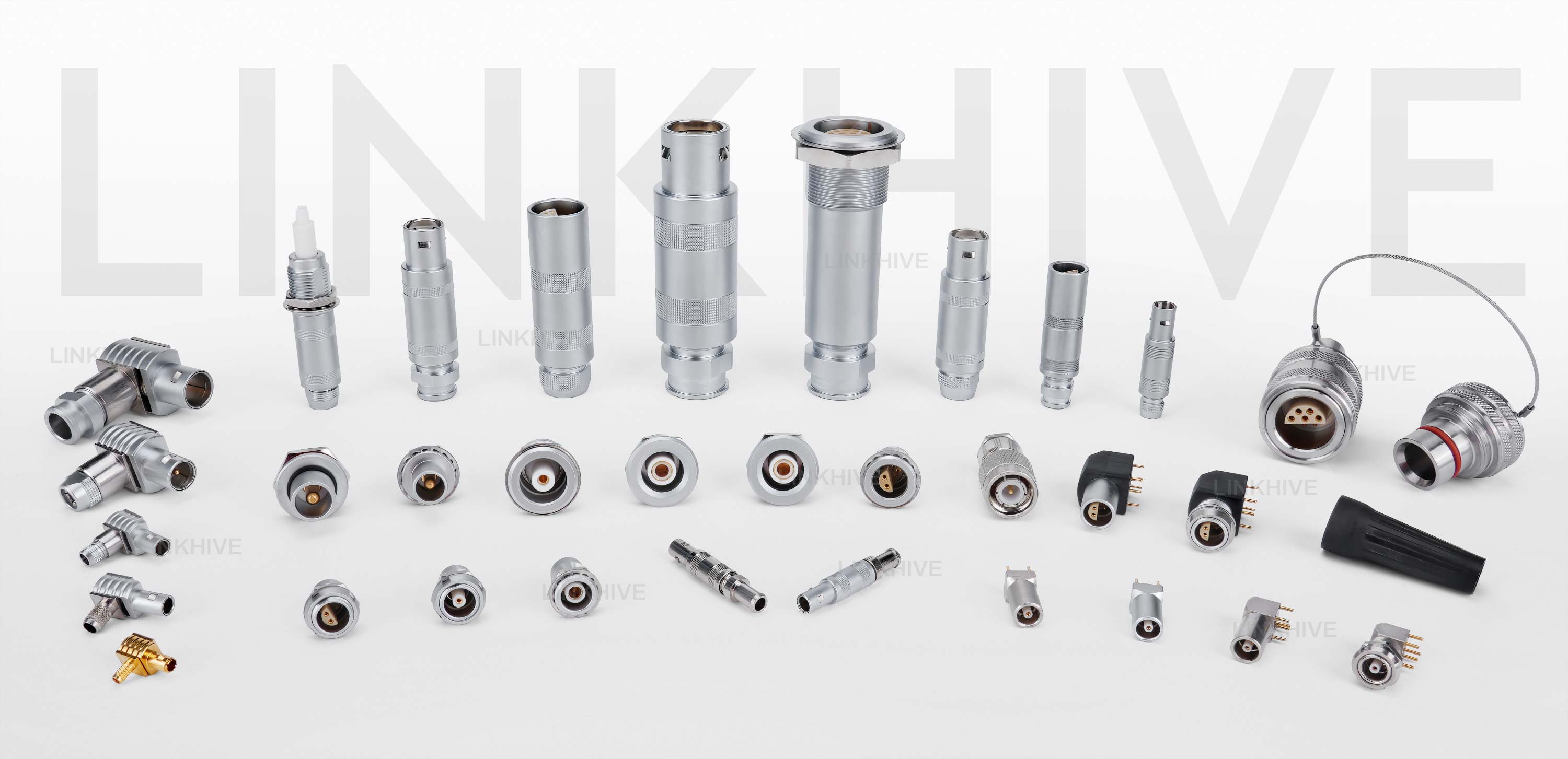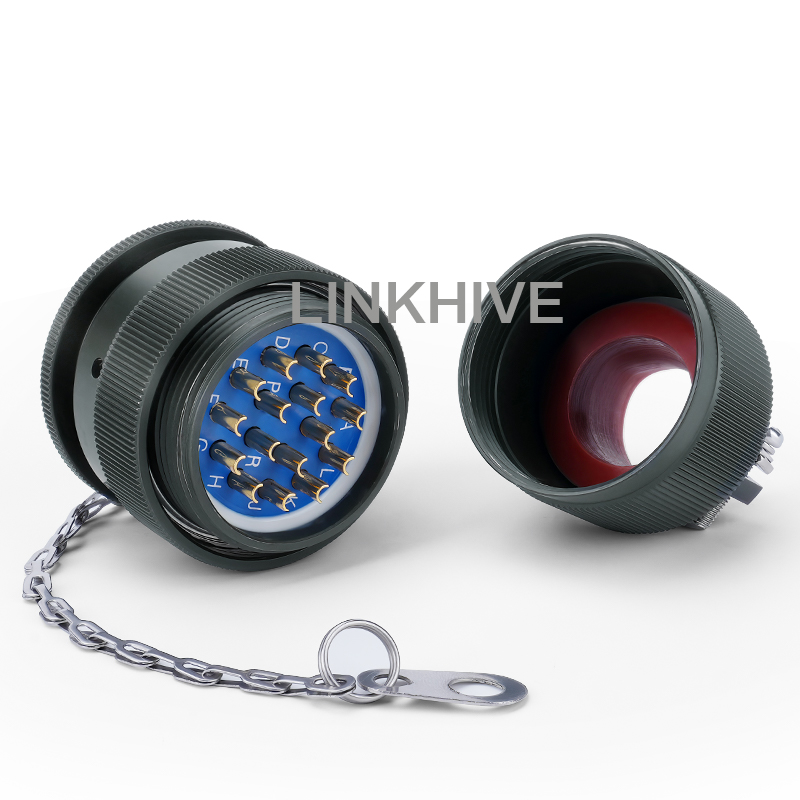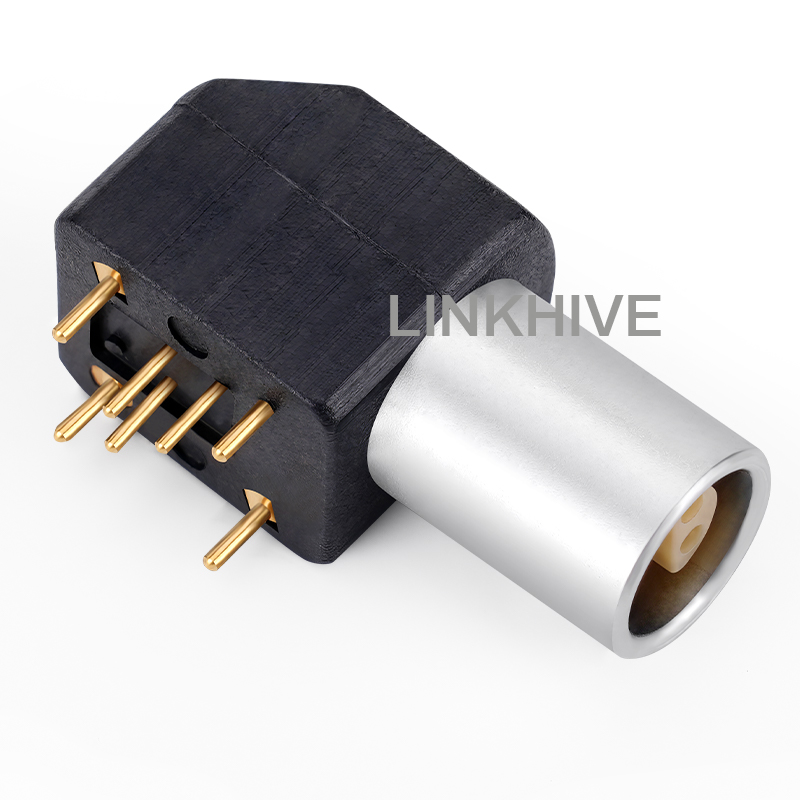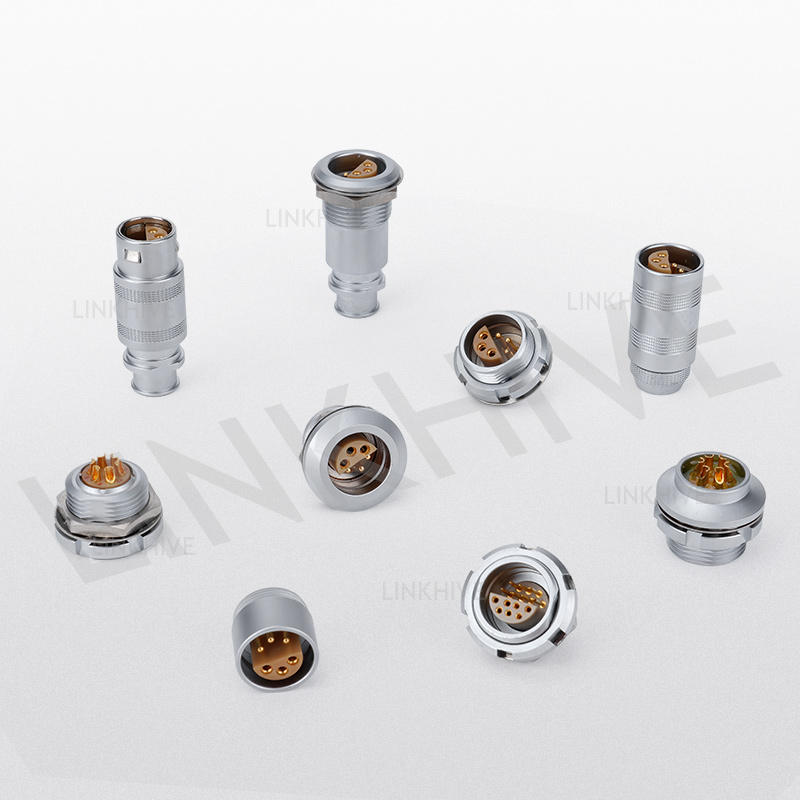In various electronic devices and communication systems, connectors, as key components, play a vital role. They are used to stably connect the electrical connections of devices or systems together to ensure efficient transmission of signals. With the continuous development of technology, different types of connectors have appeared on the market to meet different application requirements, among which BNC connector and LEMO connector are two common types of connectors.
Although both BNC connector and LEMO connector are used for the transmission of high-frequency signals, they have significant differences in design, application, performance characteristics, etc. This article will explore the differences between BNC connector and LEMO connector in depth, including their structure, function, application field, and their respective advantages and disadvantages.

What is a BNC connector?
The BNC (Bayonet Neill-Concelman) connector is a connector commonly used to transmit radio frequency (RF) signals. It was designed by two engineers, Paul Neill and Carl Concelman in the late 1950s. The BNC connector is mainly used in applications that require high-frequency signal transmission, such as television, broadcasting, radar, communications, and other fields. The characteristic of BNC connector is that it adopts a unique plug-in locking method - through the bayonet plug-in design (i.e., bayonet locking) to ensure a firm connection, so that it has good stability and safety when plugging and unplugging.
Structure of BNC connector
The basic structure of BNC connector consists of three parts: shell, pin and contact part. The shell is usually made of metal materials (such as copper or gold-plated materials) to protect and conduct electricity; the pin is usually made of conductive materials (such as brass, gold-plated or silver-plated materials) to transmit signals; the contact part is used to connect to the cable to ensure that the electrical signal can be effectively transmitted. BNC connector adopts a coaxial design, that is, the central conductor and outer shielding layer of the signal line and the ground line are opposite, and this design effectively reduces signal interference.
Characteristics of BNC connector
● Bayonet locking: The bayonet locking mechanism of BNC connector enables the connection between the plug and the socket to be firmly connected. This design avoids looseness or poor contact of the connector.
● Easy to install and remove: The plug-in and pull-out operation of BNC connector is very simple. Users do not need special tools, and can complete installation and removal by simply rotating it easily.
● Wide application: Due to its reliability and efficient signal transmission performance, BNC connectors are widely used in broadcasting, monitoring systems, network equipment, and high-frequency communication systems.

What is a LEMO connector?
A LEMO connector is a high-precision connector developed by the Swiss company LEMO in the early 1940s. LEMO connectors are precision-designed and are specifically used in demanding applications such as medical, military, aerospace, industrial control, and measuring instruments. LEMO connectors are widely used in precision fields for their quick plug-in and pull-out, precise fit, and high sealing. The uniqueness of LEMO connectors lies in their innovative rotary lock mechanism, which not only ensures a secure connection of the connector, but also provides higher waterproofness, anti-interference, and corrosion resistance.
Structure of LEMO connectors
LEMO connectors are designed with a precision structure and are usually composed of a metal shell, internal pins, a sealing ring, and a rotary lock. The pin part is often made of highly conductive materials (such as gold-plated materials) to ensure high efficiency of signal transmission; the shell part is usually made of aluminum alloy, copper, or stainless steel, with high strength impact resistance and corrosion resistance. The most notable feature of the LEMO connector is its rotational locking mechanism. Users only need to rotate the plug and socket to ensure a secure connection of the connector, avoiding the instability caused by other traditional connectors using threaded locking or snap-on locking methods.
Features of LEMO connectors
● Precision design: LEMO connectors have extremely high precision and a tight sealing design, which can provide more stable electrical performance.
● Rotational locking: The rotational locking method used by LEMO connectors provides a more secure connection, while also helping to improve waterproof and dustproof performance.
● High sealing and protection performance: The high sealing of LEMO connectors enables it to maintain good performance in harsh environments (such as environments with moisture or corrosive gases). It usually has protection levels such as IP50 and IP67, which can effectively prevent dust and moisture from entering the connector.
● Diverse applications: LEMO connectors are widely used in fields that require high precision, high reliability and strong anti-interference capabilities, such as medical equipment, industrial control systems, radio and television, aerospace, etc.

What is the difference between BNC connectors and LEMO connectors?
Although both BNC connectors and LEMO connectors are used for signal transmission, there are significant differences in design concepts, structural characteristics, and application areas. The following will compare and analyze the two connectors from multiple dimensions.
BNC vs. LEMO differences: connection method
BNC connectors use a bayonet locking design, which is connected by rotating the plug and socket. Its plug-in and unplug operation is simple and convenient, and is widely used in daily equipment. LEMO connectors use a rotary locking design, which ensures a closer contact by rotating the plug and socket, and usually requires more precise operation, so it is suitable for use in occasions that require high precision and high reliability.
BNC vs. LEMO differences: structural design
The design of the BNC connector is relatively simple, and its core structure includes a shell, a pin, and a contact part, while the LEMO connector is more complex, using a high-precision metal shell, an inner pin, a sealing ring, and a rotary lock, which has higher sealing and protection performance.
BNC vs. LEMO differences: electrical performance
BNC connectors are mainly used for the transmission of radio frequency signals and are suitable for applications such as radio and television, monitoring systems and computer networks. They can provide stable signal transmission performance. LEMO connectors are suitable for fields that require high precision and high signal quality, such as medical equipment and aerospace. The high-precision design of LEMO connectors gives them advantages in low signal loss, high-frequency transmission and anti-interference.
BNC vs. LEMO differences: application fields
BNC connectors are mainly used in equipment that requires high-frequency signal transmission, such as radio, television, monitoring, and network equipment, while LEMO connectors are widely used in precision equipment and fields, such as medical instruments, military equipment, aerospace, and industrial automation. Because LEMO connectors have higher protection performance and anti-interference ability, they are widely used in these industries that require high signal quality and connection reliability.
BNC vs. LEMO differences: installation and removal
The installation and removal of BNC connectors are relatively simple, and users only need to rotate the connector to complete the plugging and unplugging. LEMO connectors, on the other hand, require higher precision and need to ensure smooth operation of the rotary lock during the plugging and unplugging process. Although the installation and removal process of LEMO connectors is more cumbersome, its locking mechanism provides higher connection stability and anti-interference.
BNC vs. LEMO differences: Protection performance
In terms of protection performance, LEMO connectors have higher waterproof and dustproof capabilities and can maintain good performance in harsh environments. The protection performance of BNC connectors is relatively general and is usually suitable for occasions that do not require extreme protection.
BNC vs. LEMO differences: Cost
Due to differences in design precision and manufacturing processes, LEMO connectors are usually more expensive than BNC connectors. BNC connectors are usually more economical due to their simple design and wide application.

LINKHIVE – Your Trusted Chinese Connector Manufacturer & Supplier
At LINKHIVE, we provide wholesale electrical connectors with low prices and premium quality. As a leading manufacturer in China, our connectors are designed to meet strict industry standards such as UL, RoHS, and ISO9001. Whether you need customized solutions or bulk supply, we ensure fast delivery and affordable pricing. Our extensive product range includes RF coaxial connectors, bayonet connectors, high-voltage connectors, and molded cable assemblies. Contact us for wholesale prices, sales promotions, and factory-direct deals today!


